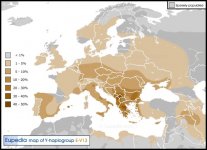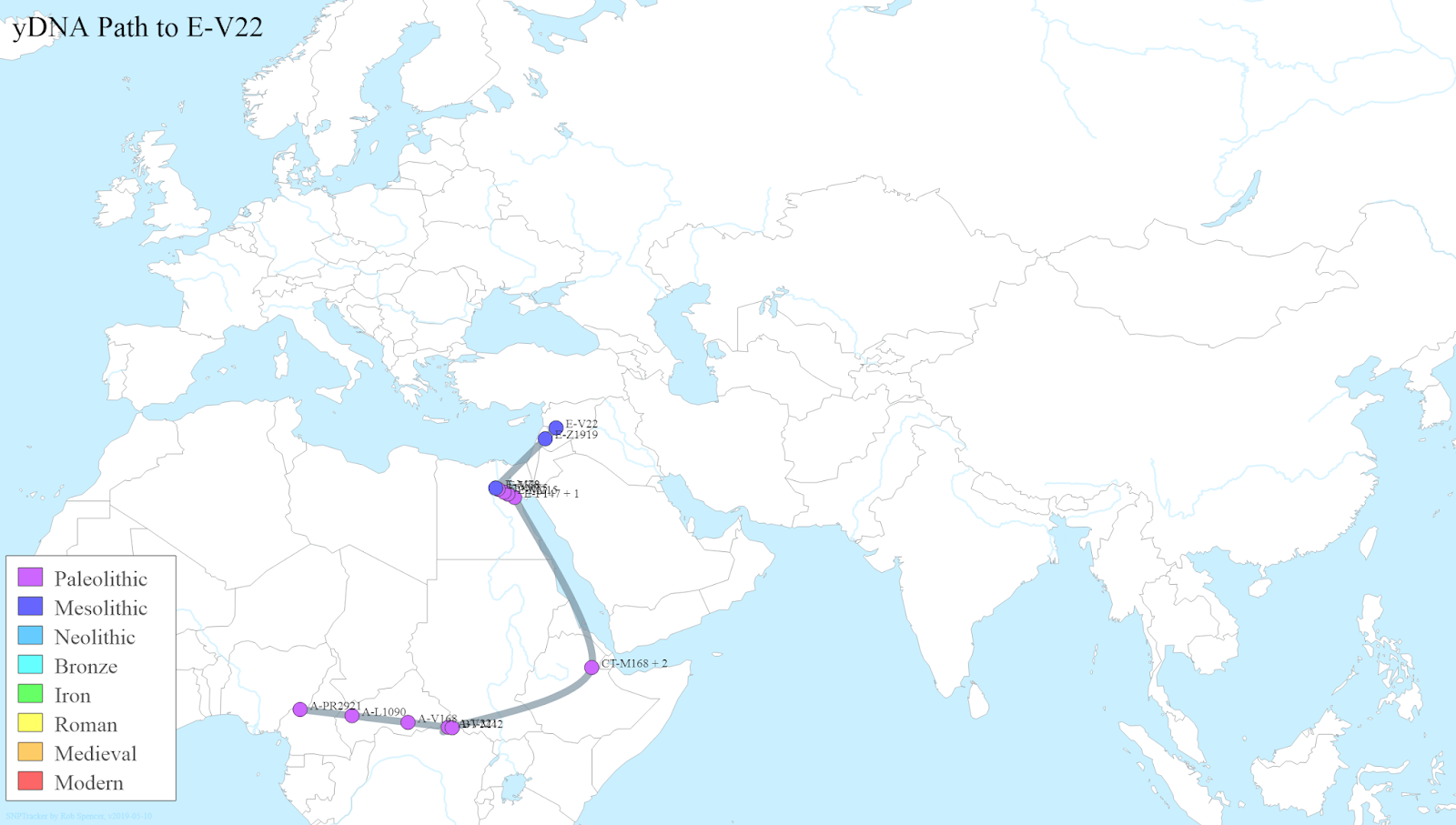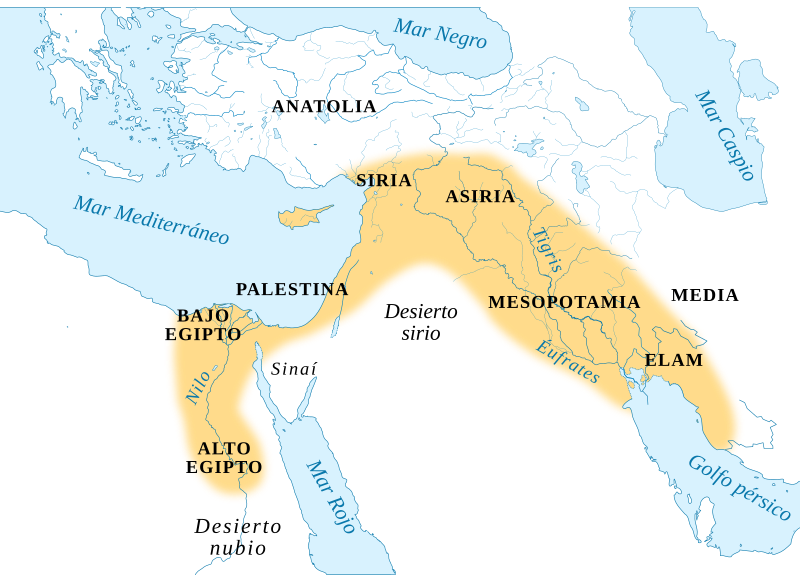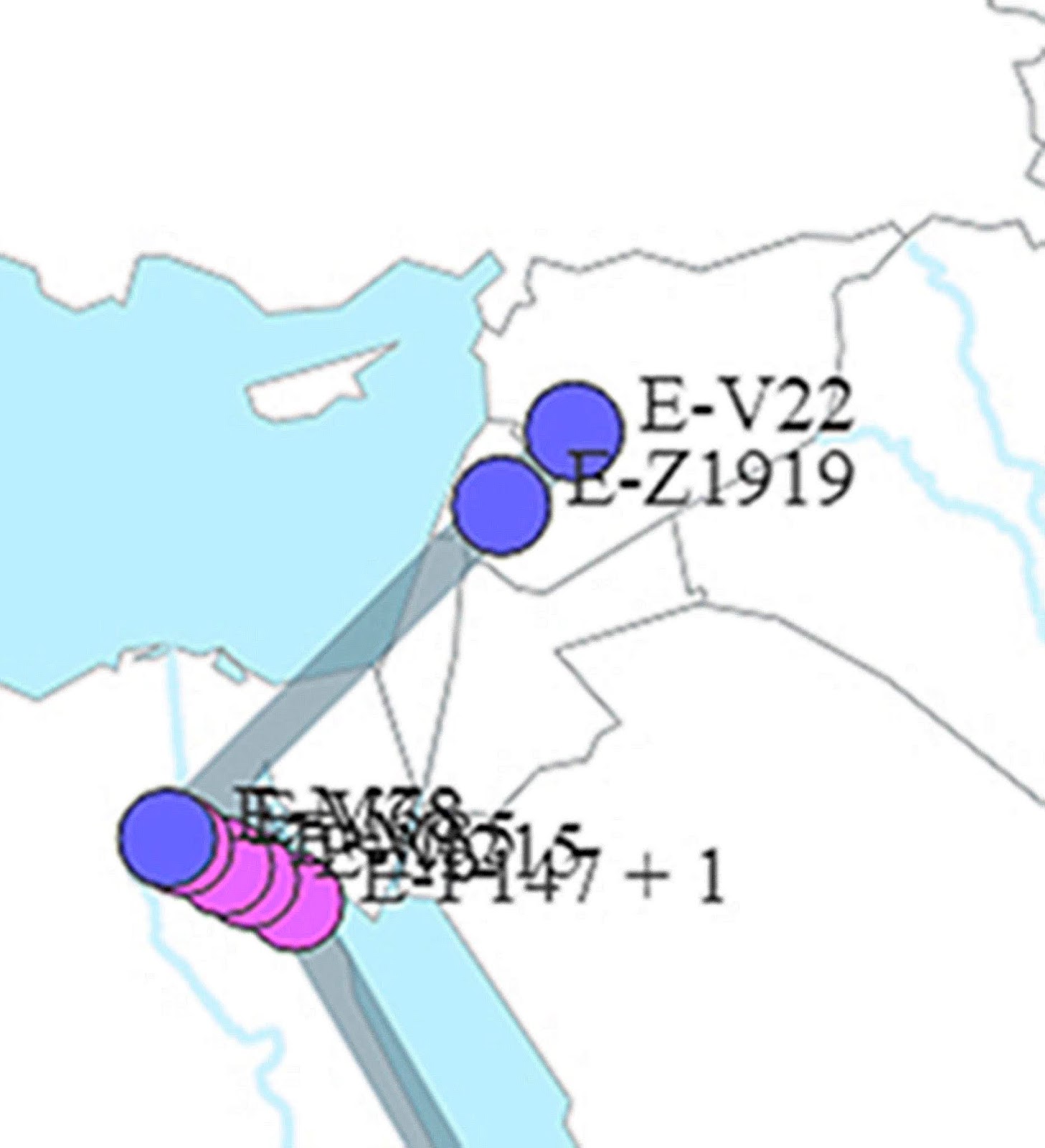Northener
Elite member
- Messages
- 2,008
- Reaction score
- 522
- Points
- 113
- Location
- Groningen
- Ethnic group
- NW Euro
- Y-DNA haplogroup
- E1b1b/ E-V22
After searching for the roots of my Y-DNA roots I had (only) three (almost) perfect matches. I have the names of these persons but I will not use their names because I don’t know if they agree with my use of their material it in this thread. So I will use their nationality.
My “Frisian” Y-DNA
13 24 15 11 18-20 11 12 11 13 11 30
Moroccan
13 24 15 11 18 11 12 11 13 11 30 (11 markers)
Sicilian
13 24 15 11 18-19 11 12 11 13 11 30
NW Bulgarian
( 1 different number I don’t know yet which marker this is)
You can almost draw a map from Maroc to Sicily than to the Balkan/Northwestern Bulgarian and than finally Frisia.
Is this the old E1b1b1 route from Northern Africa, trough the Mediterranee via the Balkan into Europa until the land with edges the North Sea.
These are remarkable results for me, but what’s your opinion? What does this mean or say!?
My “Frisian” Y-DNA
13 24 15 11 18-20 11 12 11 13 11 30
Moroccan
13 24 15 11 18 11 12 11 13 11 30 (11 markers)
Sicilian
13 24 15 11 18-19 11 12 11 13 11 30
NW Bulgarian
( 1 different number I don’t know yet which marker this is)
You can almost draw a map from Maroc to Sicily than to the Balkan/Northwestern Bulgarian and than finally Frisia.
Is this the old E1b1b1 route from Northern Africa, trough the Mediterranee via the Balkan into Europa until the land with edges the North Sea.
These are remarkable results for me, but what’s your opinion? What does this mean or say!?







